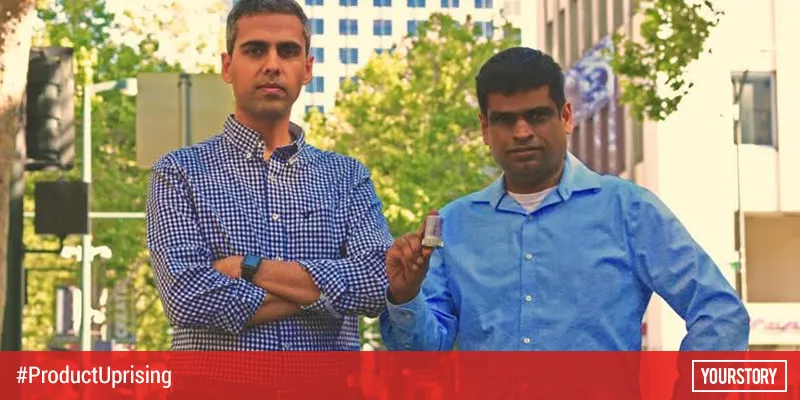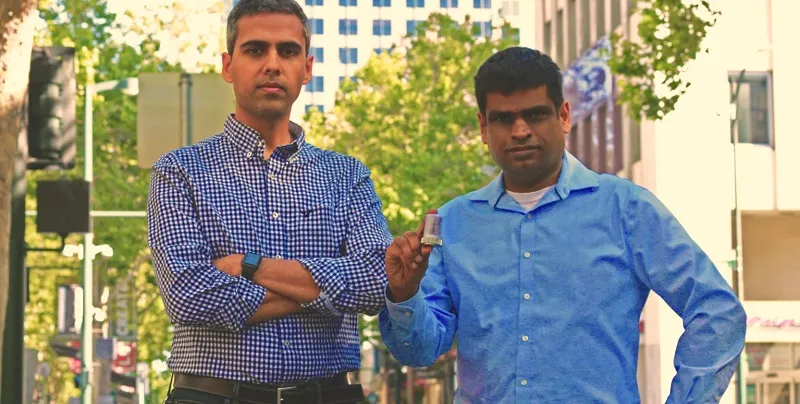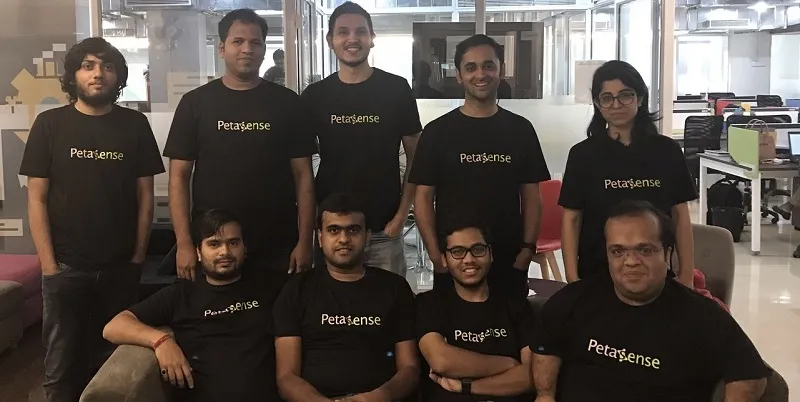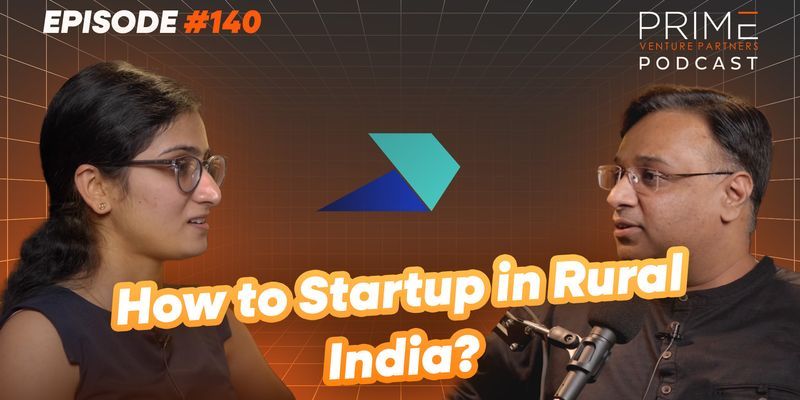Bengaluru-based IoT startup Petasense turns machine saver with predictive tech
Software product companies have never been our calling card. India has traditionally struggled to produce champion companies in this space, due to a variety of factors. YourStory brings to you a dozen startups in the space, under #ProductUprising which have the potential to scale, despite the hurdles. We start this series today, with Petasense, a company specialising in predictive maintenance and prescriptive services.

Simple gadgets like blood sugar and BP monitors help humans take stock of their health and ensure they’re fit. Can’t the same logic be applied to machines? Bengaluru/San Jose-based startup Petasense is doing just that with its learning sensors that facilitate predictive maintenance.
Founded by Abhinav Khushraj and Arun Santhebennur in 2014, the industrial IoT startup integrates hardware and software into its product, designed to help industrial customers understand when and if equipment needs maintenance by “listening” to its vibrations.
Abhinav says, “If you look at the consumer world, every wearable measures movements, and body parameters. The collected data then is used for prescriptive and predictive services.”
He says this proliferation of consumer devices was the genesis behind using devices to measure machine vibrations and then using this data to predict and prescribe services to manage the health of machines.
In a traditional plant/factory, those in charge wait for the machine(s) to break down before fixing it. However, this means there’s unscheduled and unnecessary downtime. Petasense works by providing is the ability to predict when the machine will break down; this allows clients to schedule maintenance at a time that works for them.
Every machine generates a vibration when working in prime condition. Then, much like a guitar, it goes out of tune if not working well. Petasense’s technology can make sense of the machine’s stability long before its mechanical parts fail.
But it is easier said than done because it involves a combination of data science and software. The deep skills the team built has got them several clients, and led them to raise a large round from True Ventures and Felicis Ventures in 2015.

In the beginning
45-year-old Arun has two decades of experience and has also successfully built startups like Resolvity, VoiceGain and i-Seva. He is an IIT-Bombay and IIM-Calcutta alumnus. 40-year-old Abhinav comes with a decade of corporate experience and is an alumnus of BITS-Pilani.
Arun and Abhinav’s love for new technologies such as AI led them to build this company. It all began with a chance meeting in 2013 in the US with common friends over dinner and then they continued to meet regularly over technology ideas.
There are several IoT companies measuring machines based on the data they generated and predicting failures based on moving parts. But none of these companies measured vibration. Every machine produces heat, noise, and vibration – no company was looking at this data set.
“This data set tells you when the component is likely to fail. We went out and created the parameters that measure this against the failure rates of the machines,” Arun says. He says algorithms become important when you have clean data and Petasense has achieved this.
How it works
Petasense’s integrated hardware and software system comprises wireless vibration sensors, cloud software and machine-learning analytics.
Petasense makes sense of machine health in four phases:
Connect: Begin by installing Petasense Motes on machines so you can wirelessly send vibration data.
Collect: Store the collected vibration data with enterprise-grade security in the Petasense Cloud.
Analyse: The machine learning algorithms analyse sensor data to predict machine health.
Monitor: Access the machine in real time and process health on any browser or mobile device.
The Petasense team began to focus on creating a product that would fit in to the oil and gas industry, and other manufacturing companies with machines in ruggedised work environments. This was in January 2014 and they spent close to two years getting a top-notch product. Their product went live in May 2016.
Petasense now offers battery operated IoT devices sitting on machines and transmitting data to the Microsoft Azure cloud. From there, machine learning algorithms kick in to tell the factory teams about what machines need immediate servicing. Vibrations of motors, pumps, and gearboxes are captured.
The product can be applied across industries, including power generation, oil and gas, pharmaceuticals, buildings and facilities, and food and beverages. The 15-member team is strong on experience in data science and machine learning, the founders say.

The market landscape
There are several IoT companies working in the industrial space. Pune-based Covacsis looks at managing rate of failure in machines, Bengaluru-based Cattleya Technosys is going after using IoT devices for security purposes, and Einsite is trying to reduce wastage on construction sites. All three of them have been funded. But Cattleya is the largest and bills close to Rs 100 crore in revenues.
The revenue model for Petasense is to charge an annual licence fee along with maintenance costs. But the business model is still flexible as the team is testing out the potential of the vibration sensor technology.
According to a Nasscom and Deloitte report titled Revolution in the Making, India will have 1.9 billion IoT devices installed, from the current base of 60 million devices, with a market size of $9 billion. If this “really” happens, India’s installed base will be 10 percent of the total volume of the globe by 2025. In terms of market size, India will be 0.40 percent of the total global value of $3 trillion.
Mahesh Lingareddy, Chairman of Smartron, a Hyderabad-based IoT company, says: “Business is all about how you can use your data. With machine learning, we have been able to crunch and manage large volumes of data for meaningful insights.”
The market is there, in India and globally. Petasense, like a few other IoT companies, seems to have got its product fit absolutely right. Hopefully, they will be able to take the many stories that vibrations tell and make them into a well-written success story of their own.











